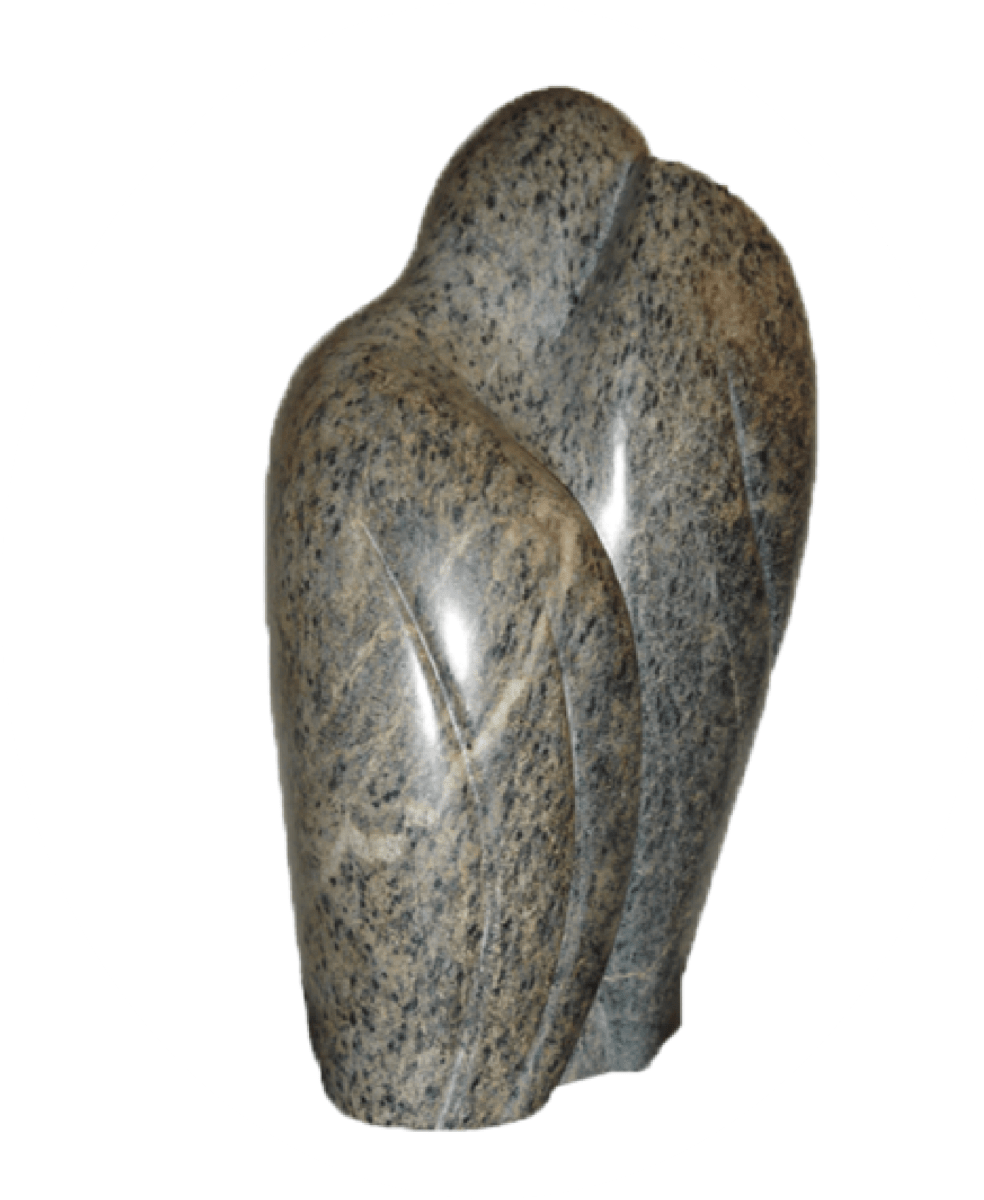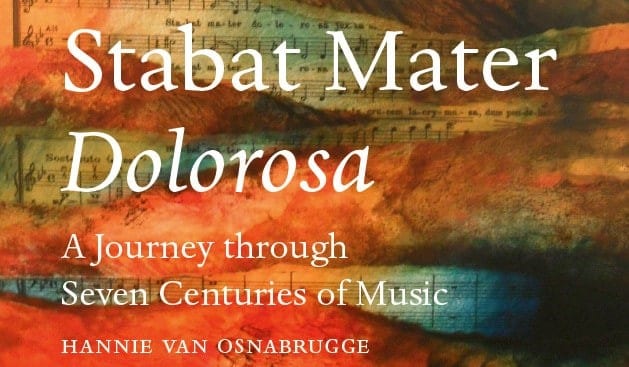Antonio Coma
About the composer
Antonio Coma (1560-1629), was born in 1560 in Cento, Italy. It is not known where he received is musical training. He seemed to have worked as a land-serveyor and a book-keeper, but certain is that in 1589 he was appointed as Maestro di Capella at the San Biagio church in his native town.
He also was director of the Academia dell’Aurora music school. He published four collections of his compositions, the last one, Sacrae Cantiones, consisting of 36 motets for 1 to 4 male voices, included the Stabat Mater. He died in Cento in 1629.
About the Stabat Mater
| Date: | 1614 |
| Performers: | Countertenor, 2 Tenors, Bass and Organ |
| Length: | 9.26 minutes |
| Particulars: | Coma's music is mainly declamatory and without too much virtuosity, in the Stylus ecclesiasticus. The Stabat Mater is described as an evocative piece of music of great effect, where the voices move by chords. Every stanza has its own melody, but the first stanza is used as a chorus, repeatedly appearing between every pair of stanza's, a very nice effect. |
| Textual variations: | The "Analecta"-version of the text is used, but only the stanzas 1 until 8. |
| Colour bar: |
|
Information about the recording
| CD: | Dynamic CDS 273/1-2 (2 CDs): Antonio Coma, Sacrae Cantiones |
| More info: | The 36 motets from the fourth published book of Coma are played; this music is simple and easy to listen to, but it has feeling. The Stabat Mater is one of my favourites. Recorded at Chiesa del SS, Rosary, Cento in October 1998. I bought this CD in a record shop in the Netherlands, 1999. |
| Soloists: | Claudio Cavina, countertenor |
| Other works: | Antonio Coma: 36 motets for 1 to 4 voices and continuo |
| Code: | 1999 COM 01 |





